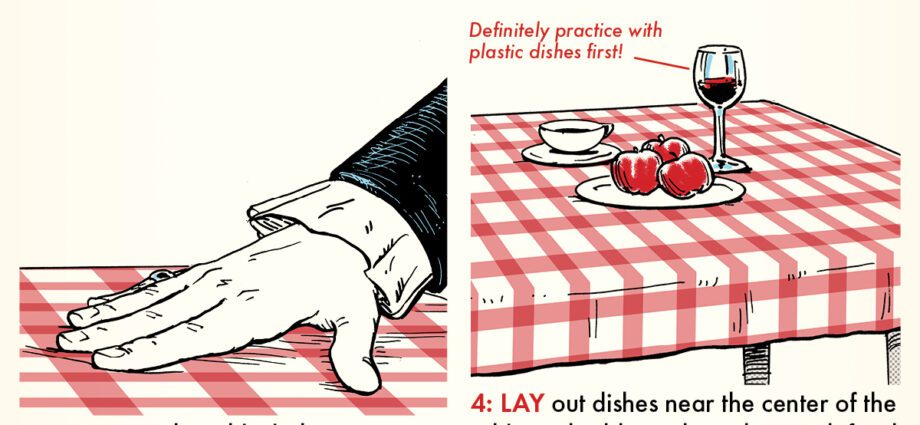The nights are getting colder, dew falls in the morning. Not all fruits have time to ripen in the beds. It turns out that they can be rushed.
Tomatoes, peppers, eggplant
Remove all brushes with flowers and ovaries that do not have time to ripen, the tops of the shoots. This will stop the growth of the stem and accelerate the ripening of the already set fruit. Tear off the lower yellowing leaves. Place planks under the brushes of undersized plants so that the fruits do not come into contact with the ground. Turn ripening fruits towards the sun. Install film frames on the beds. In sunny weather, do not forget to remove the film, and carefully cover the plants again at night.
Tomatoes, peppers and eggplants will ripen faster if you feed them on the leaves with a weak solution of phosphorus-potassium fertilizers. Good results are obtained by processing with an infusion of ash (2 glasses per 10 liters of water).
Make longitudinal through cuts on the stems of the tomatoes, push them apart and insert wood chips. Nutrition and moisture will begin to flow limited, this will accelerate the ripening of the fruit. Another trick is to rip out the roots. Grab the bottom of the stem with your hand and pull it up slightly (!). In this case, the small active roots will break off, the supply of nutrients from the soil to the plant will decrease, the growth of leaves will stop, and all the necessary substances will go to the fruits.
Remove brown and whitish tomatoes as soon as they reach the variety’s size and shine. Try to remove the fruits with the stalk: then, when ripening in a dry room, carotene and lycopene will accumulate in them. Place some red fruits among the unripe tomatoes. They release ethylene, which will accelerate the maturation of neighbors.
Note
To prevent a burst tomato from becoming moldy, sprinkle the cracks with coarse salt.
At a storage temperature of 18–20 degrees, the fruits of milk ripeness ripen in 15–17 days, of brown maturity – in 10 and pink – in 6 days. At a temperature of 28-30 degrees, the fruits ripen faster, but unevenly. Dense yellow rings remain around the stalks; some fruits may have such spots on the entire surface.
Caution: late blight
With sharp fluctuations in day and night temperatures, dense plantings, rainy weather, tomatoes can get late blight. Its signs are: a grayish-white bloom on the leaves, and on the fruits, vague brown hard spots. Take preventive measures. Water the plants only in the morning and no more than once every two weeks. Ventilate greenhouses. Monitor the temperature carefully. If it is 20 degrees during the day and below 10 at night, urgently collect all the fruits, even green ones. The spores of late blight fungi can be found on the skin of tomatoes. If they are not removed, the tomatoes will get sick in storage. Carry out prophylaxis: immerse the fruits in hot water +60 degrees for 1-2 minutes, and then dry well and store.
Tomato varieties resistant to late blight: “White filling”, “Explosion”, “Dubok”, “Gnome”, “Nevsky”, “Polyus”, “Boni M”, F1 hybrids: “Prima Donna”, “Junior”.
Pumpkins
Remove newly formed female flowers and upper shoots by counting 4-6 leaves from the last fruit. Then all the juices will be used for ripening, and not for the formation of additional fruits. Leave no more than 3-4 fruits on the plant, depending on the variety. Free each pumpkin from leaves and expose to the sun. Place planks under the fruit. If the pumpkin grows along the fence, place the fruit carefully in a fine net and tie it to a support.
Bow
It so happens that the time for harvesting has come, and the leaves are still green, the bulbs are not ripe. In this case, the roots at a depth of 5 cm below the bottom are cut with a sharp spatula. Proceed carefully to avoid snagging the bulbs. To speed up the ripening process, you need to stop watering, shake off the soil from the bulbs and open them to 2/3 of the sun.










